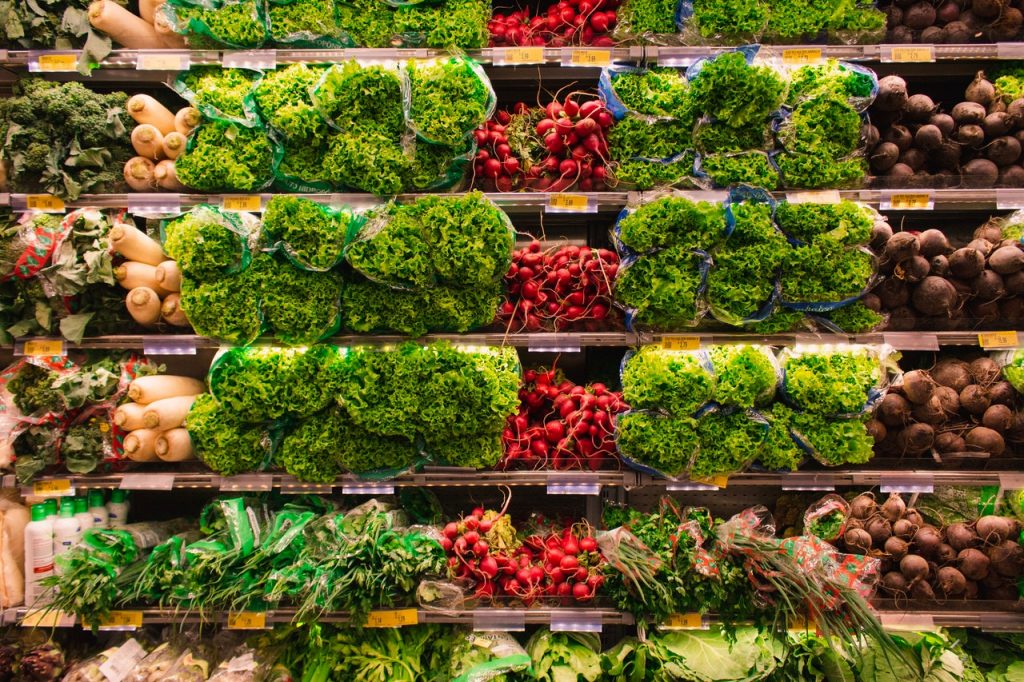Losing weight gradually rather than quickly is a healthier and much more effective solution for long-term weight loss. To lose weight, the number of calories you take in must be lower than the number of calories you burn. For healthy and steady weight loss with long-term results, consider increasing and decreasing the following foods.

Foods to Increase:
- Fruits and vegetables (especially red, orange, and dark green), which are low in calories and high in nutrients.
- Whole grains, which have high levels of nutrients and fiber.
- Low-fat or fat-free dairy products, which provide important nutrients with less calories from fat.
Foods to Decrease:
- High fat foods, which have many calories and increase risk for heart disease (especially saturated and trans fats).
- Processed or pre-packaged foods high in sodium, fats, and refined sugars, which can increase blood pressure and add unnecessary calories.
- Foods with added sugars such as sugar-sweetened beverages and desserts, which add calories with little or no nutritional benefit.
Before making these changes, record eating habits to figure out places, situations, and emotions that lead to unhealthy eating. Knowing these triggers will help you plan for dealing with these obstacles. Also, be aware that portion size greatly affects your weight loss success. Using serving sizes listed on nutrition labels can be helpful for monitoring the amount of food you eat.
Did You Know?
In addition to a healthy diet, physical activity can greatly influence your success in losing weight. For five days per week, gradually build up to about:
- 30 minutes of moderate exercise
- 15 minutes of vigorous exercise
Find an enjoyable activity in order to burn calories, boost metabolism, and help with fat loss.


